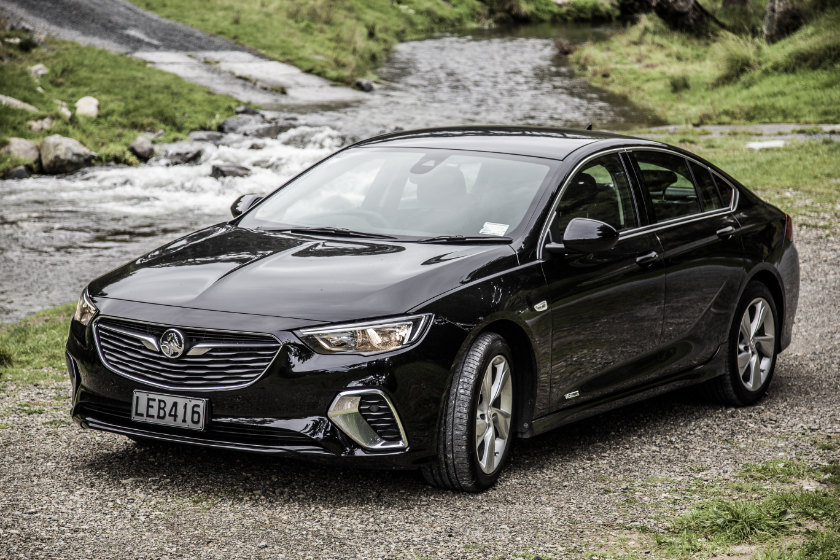
A photo taken in Wellington with a test car I had for Lucire. White cars aren’t the over-represented colour in New Zealand: guess from this photo what is.
A friend of mine put me on to this Fairfax Press Stuff article, entitled ‘Silly Car Question #16: Why are there so many white cars?’. It’s a silly question all right, because I haven’t noticed this phenomenon in New Zealand at all, and if any colour is over-represented, it’s the silver–grey tones. It seems like “fake news”, and if you read on, then there’s more to support that assertion.
‘It’s because every second car imported from Asia is white – literally. Latest research tells us that 48 per cent of all vehicles manufactured in Asia, particularly Japan, are painted white.’ (My friend, of Chinese descent, summarized jokingly, ‘It’s our fault,’ and my thought was, ‘Not again.’)
Let’s break this one sentence down. The author says that we source a lot of our used cars from Japan, hence this 48 per cent figure is reflected in the New Zealand fleet. But you only need to ask yourself a simple question here: how many of those white cars made in Japan (or Korea, or India, or Thailand) stay in those countries to become used imports to New Zealand? These nations are net exporters of cars, so whatever trickles on to the Japanese home market will be a smaller percentage of that 48. How many are white—we don’t have that statistic, but, as I noted, it’s certainly not reflected in the cars on our roads. Now, if we’re talking Tahiti, where there are a lot of white cars, then that’s another story—and that is likely to do with white reflecting light in a hot climate. As this is a foreign-owned newspaper group, then perhaps the author does not live in New Zealand, or if he does, maybe he hangs around taxi ranks a lot.
Let’s go a bit further: ‘Statistics gathered by Axalta Coating Sytems, a leading global supplier of liquid and powder coatings, showed that worldwide 37 per cent of all new vehicles built during 2016 were painted white, which was up two percentage points on 2015’ and ‘All this leads to the next obvious question: why are all these cars painted white? / It may be because that’s what the manufacturers want.’
From what I can tell, this article was cobbled together from two sets of statistics. A bit of research wouldn’t have been remiss. However, it is a sign of the times, and even we’re guilty of taking a release at face value to get news out. But the result on Stuff just doesn’t make much sense.
James Newburrie, a car enthusiast and IT security specialist, has a far more reasonable answer to the high number of silver (and dull-coloured, which includes white) cars, which he gave me permission to quote in May 2016:
Car colours are fairly well correlated with consumer confidence. In an environment where consumer confidence is high, regular cars are likely to be available in all sorts of bright and lurid colours (purple, green, yellow, etc). As consumer confidence tanks, people start to think more about resale value and they chose more “universal” colours (the kind of colours no one hates: Silver, conservative blues, etc).
Cars directed at young people tend to be cheaper and maintain strong colours throughout the cycle – but to keep costs down they tend to stay around red, black, white, blue and silver, perhaps with one “girly” colour if it is a small car. Cars directed to financially secure people as second cars, like sports cars for instance, tend to be more vibrantly coloured, because your buying into the dream.
So, in the 1950s while the economy was good, people bought cars in bright colours with lots of colours, the oil crisis comes along and they go to white and beige, the 80s come along and we all vomit from car colours, the recession we had to have leads to boredom, then everything is awesome again and you can buy a metallic purple Falcon, or a metallic orange commodore – then the great recession and we’re all bored to death again.
Consumer confidence probably is just starting to recover now. If history is any indication, there will be a point where people just go “oh screw worrying” and then they will see that other people aren’t worried anymore and they’ll say “screw worrying” etc … and we will snap back.
Follow that up with what car dealers are now selling, and bingo, you might have a serviceable article.






